Last Updated on October 14, 2019 by Soumya
The temple of Banteay Chhmar was on the top of our list of “ancient temples to visit” on our second journey to Cambodia. If you have not already read my post on “Exploring Banteay Chhmar Temple in Cambodia”, I suggest you skim through that before reading through this. In that post, you will read all about the riveting history and cultural heritage associated with this beautiful temple complex.
Apart from the captivating beauty of the temple and its intricacies, there was another thing about Banteay Chhmar that perked our interests. Their sustainable tourism practices. Read this article to find out more about sustainable tourism.
Banteay Chhmar Community Based Tourism
Banteay Chhmar had suffered more than 800 years of neglect and decades of pillage and plunder. Landmines had been dropped, statues had been decapitated, and huge sections of walls had been removed. In 2002, the World Monuments Fund listed Banteay Chhmar as one of the most endangered historical sites in the world.
Therefore, when the Global Heritage Fund (GHF) decided to get involved in preserving the heritage of Banteay Chhmar in 2008 it wasn’t really a pretty site. They actually described the site as a “very complex jigsaw puzzle”. GHF decided to involve the local community so as to make the restoration and the tourism that came with it a sustainable effort. This resulted in the creation of the concept “Banteay Chhmar Community Based Tourism (CBT)”.
Today if you want to visit Banteay Chhmar, all you need to do is click on the CBT website. It will provide you with information about homestays, food, cooking classes, satellite temples, tour guides, and almost everything else that you need for a comfortable stay here. And the best part is all this is managed by people of the locality. This means they also benefit in small ways from providing accommodation, food, or other cultural experiences. As per the following brochure in their office, 100% of the tourism income is shared with the community. This has led to a considerable rise in annual incomes of villagers.
Here’s a brief of our experience with the CBT.
We spent 1.5 days in Banteay Chhmar. We arrived later in the afternoon on the 22nd of December, 2018 and left towards the end of the day on the 23rd. The first thing that we did was to go to the CBT office. We had already reserved a tour through their online portal. Booking a tour through the CBT is like getting a blanket insurance cover in Banteay Chhmar. They look after all your needs.
Accommodation
We had reserved a homestay for the three of us. It was on the ground floor of a two-storeyed home belonging to absolutely hospitable people. They had kids around so we did not really feel out-of-place with our 6-year-old. The room had two double beds and stand fans to keep us cool. The bathroom was neat. There was no hot water in the shower but we did not mind. In the sweltering heat of the tropics, water at room temperature worked fine. When we were in Banteay Chhmar we did not see any hotels or hostels. There was only an old-looking guest house which was closed. I would highly recommend you to book your accommodation through the CBT.
Tour Guides
We had requested for an English-speaking tour guide through a tour-package we had booked. After we arrived at the CBT office on the first day, we immediately left for a trip of the main temple complex. The guide was conversant in English and knew the history well. He was quite happy to answer our questions. We spent close to 2 hours in the main temple complex of Banteay Chhmar and learned about the outer gallery, the inner shrines, the covered walkways, and different entrance gates. He also spoke to us about the incessant looting the temple had suffered and was quick to point out beheaded statues and missing masterpieces.
The next day we paid a visit to an accessible satellite temple of Banteay Chhmar – The Ta Phrom Temple as well another remote temple, The Banteay Torp Temple. Our guide accompanied us and guided us through the ruins. We have a small kid and hence, I was a little apprehensive of navigating a bunch of unpatterned stones and rocks. But the guide was adept and knew what he was doing.
The only suggestion that I would offer is that it is best to put on a good pair of shoes when doing Banteay Chhmar in order to have a fulfilling experience. I wore my usual sandals and regretted it. Even though I did not tumble over anywhere, I would have certainly loved my shoes.
Food
Food is always the most attractive component of any trip of mine. And the prospect of eating authentic Khmer food cooked by locals was quite lucrative. You can make special requests if you have dietary restrictions and they will happily abide by it. They can make you a complete vegetarian/vegan meal too.
We had some really amazing home-cooked food here. The food is made by women of the community from the freshest of ingredients sourced right from their farms. The preparation was simple, healthy, not spicy, and absolutely delicious. We had three meals – dinner, breakfast, and lunch. Dinner included rice, sauteed pumpkins with chicken, and a bowl of yummy mushroom soup. For breakfast, we had bread and fried eggs. And for lunch, there were rice, sauteed cauliflower, and chicken and vegetable soup. Fruits are included in all meals. And you can get as many portions of everything that is on the table. The hosts will wait on you till you are done and keep filling your plates until you say no.
You can choose to have your food at any of the following three locations: your homestay, the CBT office, or under the stars near the temple (only for dinner). CBT also has cooking classes if you wish to try your hand at Khmer food.
We had dinner near the temple on our first day and it was an out-worldly experience. Our hosts were already present with the food when we got there. 3 chairs were neatly arranged around a table and clean plates of rice were set in front of us. The mushroom soup and vegetables came in after that, followed by fruits. It was a different but amazing experience to eat out in such raw nature. There weren’t any mosquitoes around, at least none of us got bit. But you can carry a repellent if you are concerned.
Getting Around
In Banteay Chhmar you travel in a “Kuyon”. A kuyon is a carriage drawn by an engine that somewhat resembles that of a tractor. A driver steers it and as many as 6 people can sit on the wooden seats behind. More can pile in on the floor if need be. A kuyon can tread the dusty narrow paths of Banteay Chhmar that you need to take to get to some of the remote-temples.
Biking and cycling in Cambodia are also great ways to explore Banteay Chhmar. However, for families with kids, a kuyon works best. The video below conveys a bit of the fun we had.
Local Life and Culture
Obviously, when you are in a foreign land you want to experience and absorb as much of the local culture as possible. CBT tours provide you with opportunities to taste locally-made food items, talk to cooks and homestay owners, wander their gardens and fields, listen to traditional music, and attend local events and ceremonies. The people of Banteay Chhmar celebrate New Year in April and the famous Water Festival in November.
Farmers in Banteay Chhmar cultivate a lot of cassava – their new wonder crop. You can check out their fields and processing plants too if you wish to.
How To Get To Banteay Chhmar
If you are wondering how to get to Banteay Chhmar, then CBT has that covered as well. On their website, you will find detailed directions on how to get to Sisophon, the closest bus stop, and then to Banteay Chhmar from there. We hired a private taxi tour from Siem Reap that took us to Beng Melea, Koh Ker, Preah Vihar, and finally to Banteay Chhmar. It cost us $300 and included the services of an amazing driver.
Will I go there again?
Most definitely, yes! I loved the ancient temples of Banteay Chhmar. But more than that I loved the fact that they have been so effectively used to give the entire community a great sense of purpose apart from providing tourists with an unbeatable experience. I would love to go back one day to try some more of authentic Khmer food and probably take a cooking class or two. Would you like one too?

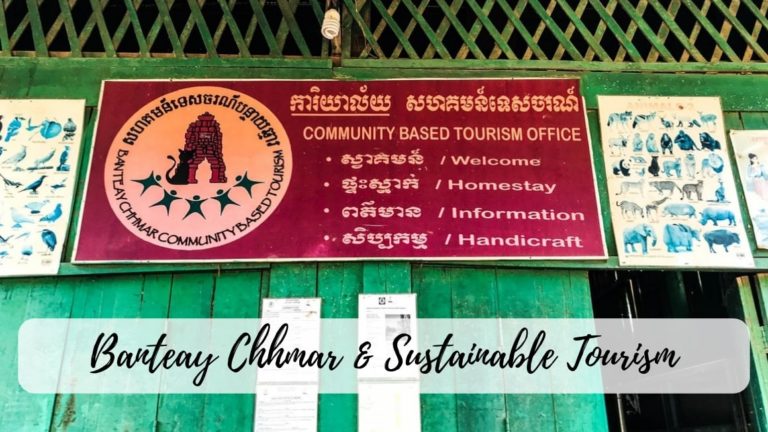

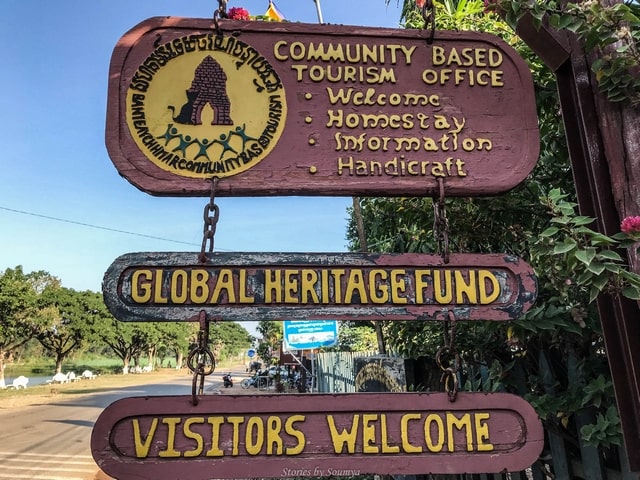

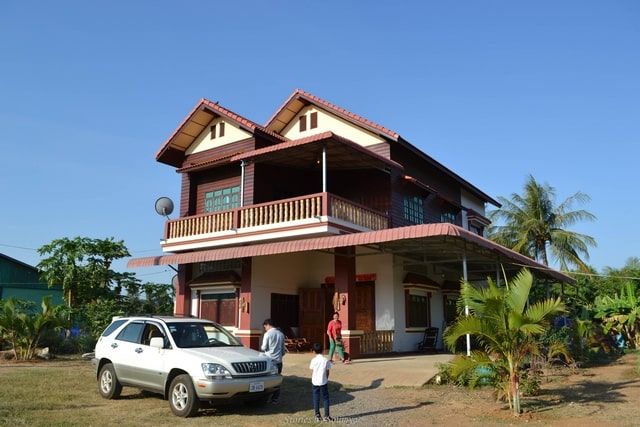

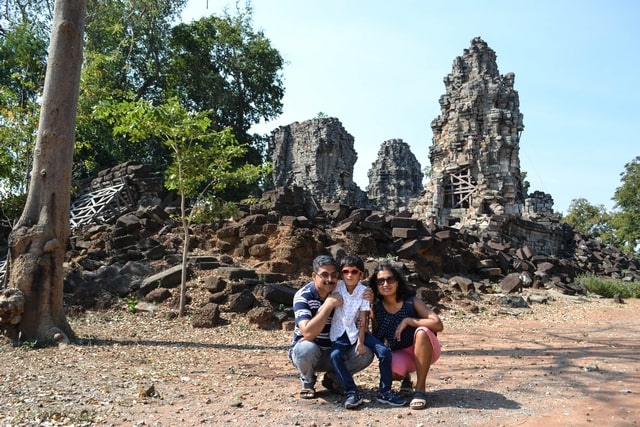


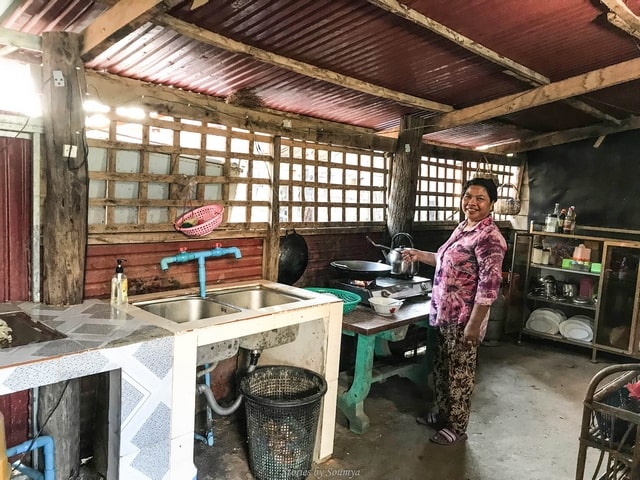
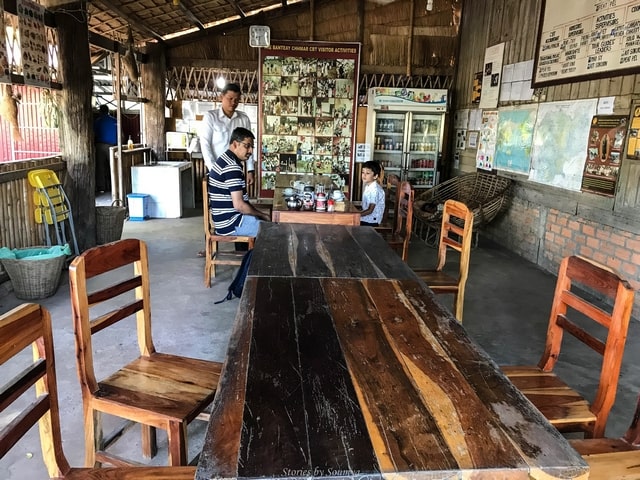

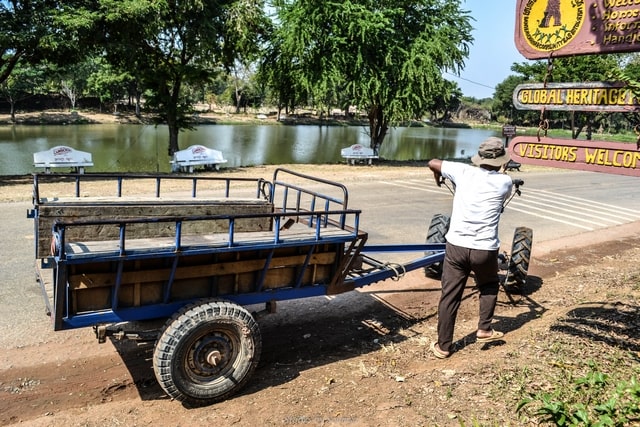

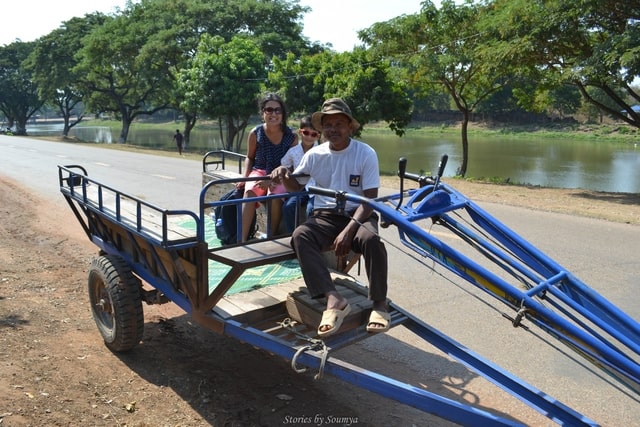


I love that experience you have shared.. I also love to travel, because it gives me inner peace..